
Why should enterprises care about FIPS cryptography compliance by their SaaS vendors?
FIPS compliance for cryptography is a rather very technical discussion. So, let me tell you
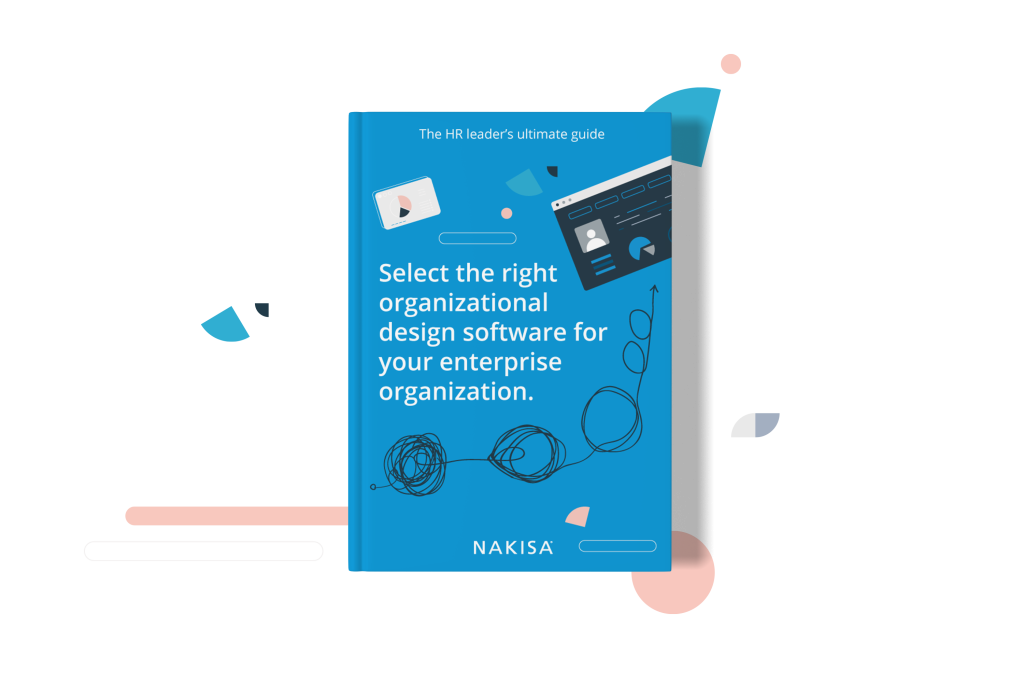
Without organizational design, a business strategy is just a dream. As an HR professional you know this better than anyone.
Organizational redesigns used to be reserved for major transformations and might only be something you’d experience a handful of times throughout your career. But technological advancements, automations and increased competitive pressures have accelerated the pace of organizational change. The best way to keep on top of the continuous transformations? Using technology that supports you and simplifies your day to day.
But what should this software look like? This guide will help you understand the key capabilities, architectural characteristics and requirements that are necessary for enterprise organizations to keep in mind when shopping around for an organizational design solution. We’ve included a list of things to consider, key points for both internal and external discussions, as well as a handy vendor selection score card. The score card lists evaluation criteria with weighted scoring, so you can differentiate between a nice-to-have and a business critical must-have.
With this four-stage guide in hand, you’ll be equipped to make sound purchasing decisions for a solution that’ll fit your organization’s current needs and future goals, free of surprises.
48% of HR leaders have org design and change management as a top HR priority for their organization.
Gartner
60% of organizations have redesigned themselves within the past two years. Another 25% had done so three or more years ago.
McKinsey & Company
The organizational design landscape has shifted from a classical approach where management design an organogram with boxes and lines to an agile process involving many stakeholders designing an organization where people, structure and processes are constantly aligned. Today the priority is about building a responsive organization that ensures resiliency and flexibility, so resources, operations and processes can align to successfully adapt in the face of the unknown. In this changing business climate, the rise in organizational complexity is creating challenges for leaders as operating models evolve. Putting a strain on organizational design, manual processes or lack of organizational design solutions are ingredients for failure. Gartner
seek out HR data when making business decisions. The volume of data and metrics available for HR to report on has increased exponentially.
Gartner
believe their organizations are effective at using talent data to shape talent acquisition and recruiting strategies, improve employee engagement and inform other business decisions.
Gartner
What’s more, businesses are focusing their efforts on achieving operational excellency and deliver business transformation. Therefore, seamless collaboration between HR and the wider business is critical to ensure effective execution.
So, how do you go about enabling this alignment and collaboration? How do you effectively use existing resources for insight-driven decision making and responsive design? Equipping your team with the right technology and enabling them to their full potential is no easy task. Read on to learn how a cloud organizational design software can help you build and develop that responsiveness in the core of your practice and how to select the best solution for your organization.
Doodling a new structure on a piece of paper and keeping track of your metrics and KPIs on a spreadsheet doesn’t work for a modern organization. You need data, analysis and insights at the tip of your fingers to align the whole organization for success.
The best organizational design solutions let you build and nurture an expertise internally so you own organizational design from strategy to execution. They let you analyze and find the root causes of problems in your organization and design your future organization, while predicting the most successful options and impact.
To help you select the right organizational design solution for your organization, we’ve compiled this buyer’s guide to select the best cloud organizational design software. Why is technology the answer, and more specifically why cloud?
While there are many organizational design options available, a complete and comprehensive cloud software-as-a-service will bridge the gap between your key business functions and enable responsiveness and agility.
The 4 stages we outline below, plus the vendor selection score card, will help you get the most out of every step of your buying process
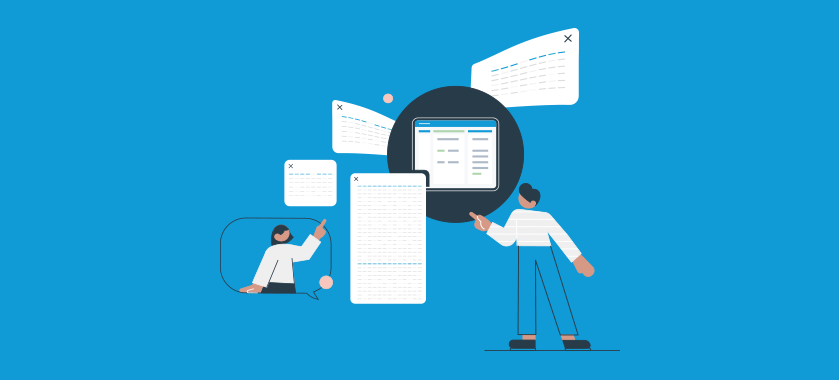
First and foremost, prior to any google searches, conversations between peers at other organizations or chats with solution providers, you need to collect internal feedback to understand what your organization and your team needs. This will help you easily communicate your challenges and requirements to the vendors so you can get the most out of your meetings with them.
Here are a few questions and examples to help you assess your needs and prepare for meaningful discussions. Be creative, dig deep and raise flags as early as possible to avoid surprises and delays later in the process. This list is not exhaustive, let it inspire you.
As you shop around for an organizational design solution, you’ll come across a lot of different options. Here’s an overview table of each category. As cloud-natives we may well be biased, but we hope you see the benefits of the cloud as much as we do!
Manual, offline and non-HR specific tools may suffice when you’re a company of 500. But when we’re looking on the enterprise scale. They’re prone to data inconsistencies, rigid collaboration, and cumbersome workflows and restrict your ability to deep dive into your organization analytics and visualization.
Consultants provide expertise and leverage existing organizational design software to build new organizational designs and plans. If you have unlimited budget this is a practical option. But when you outsource such important parts of your business to someone else, this can be risky. Plus, you miss out on building expertise and knowledge internally.
Org charts tools provide visualization and basic modeling capabilities, but they are not made for complex organizational design, strategic planning, and advanced analysis. They weren’t built to support large enterprise requirements such as scalability, performance, security, and the need for multiple integrations.
Enterprise resources planning and human capital management systems provide lots of analytics and capabilities for various core HR activities, but are not made for organizational design activities and scenario modelling. They often lack the flexibility and organizational design workflows.
Cloud organizational design solutions are purposefully developed to empower organizations to use their internal knowledge and build expertise to support themselves. With this technology, HR has insight and know-how at the tip of their fingers to ensure they’re building a responsive framework to support even the most complex organizations.

Josh Bersin’s HR Tech Definitive Guide
“You can now visually model your entire company and link this view to real data in your core HR systems. Nakisa, the pioneer in this market, actually assesses data quality in its modeling tool, based on consistency and timeliness, so you can see how accurate the model actually is. Once these tools are connected to your back-end systems, you can create what-if models and quickly look at many variables by organizational unit, function, geography, or hierarchy”
Helen Poitevin in Gartner’s Hype Cycle in HCM
“Organization modeling technologies help organizational leaders evaluate the impact of business transformation on organization structures, teams and individuals. They also facilitate the operational execution of organization design, and changes both to organizational hierarchy and individual employment contracts. Vendor in the market: Nakisa”
Ben Eubanks, Chief Research Officer, Lighthouse Research & Advisory
“Businesses run on two things: data and people. Nakisa brings both of those together with its powerful platform, helping leaders to see people data in one place so they can make informed decisions with the best, most up-to-date information available. For enterprise companies that require a scalable solution, Nakisa is meeting that need.”
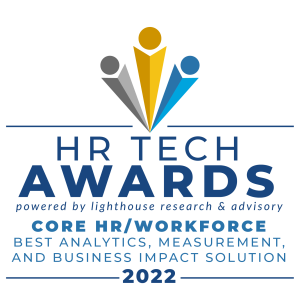
You know the saying about everybody has opinions, so go straight to those that actually matter, the current customers using the software. You can check out case studies and testimonials but also ask if the vendor can put you in contact with current customers from your same vertical. If there’s a community of engaged users who can tell you what it’s really like to use their solution, it’s a definite plus
Vendors selection scoring card
| Criteria | Recommended weight |
|---|
| Organization visualization | |
|---|---|
| The solution includes a search directory of employees. | 5 |
| Users can visualize different reporting lines such as legal (solid) and functional (dotted) reporting lines. | 5 |
| Ability to color code Org Chart boxes and use of custom icons to represent employee groups or other type of classification. | 5 |
| Ability to view your organization in multiple structures such as territorial structure, functional, etc. | 4 |
| Organization visualization | |
| The organizational chart users can export to PDF / PowerPoint / PNG. | 4 |
| The solution has out-of-the-box analytics reports and dashboards on turnover, span of control, positions, layers, headcount cost, pay equity and many more. | 4 |
| The DEI users can analyse the current diversity of the organization by analyzing gender, age, ethnicity, nationality, disability, etc. to improve the diversity score. | 5 |
| The reports can be filtered by any criteria to drill down the visualization. | 5 |
| The solution offers predictive analytics, insights and reporting using machine learning (AI) technology. | 5 |
| Organizational design and workforce modeling | |
| The organizational design users can perform movements within a functional unit or cross-functional movements via drag and drop. | 5 |
| The solution must clearly differentiate between positions and employee objects to support different actions as part of effective organization modeling practice. | 4 |
| The solution has use-case specific scenarios such as reorganizations, M&A, etc. with workflows that facilitate the organizational design for each scenario (ex: merging two datasets for a workforce merger). | 5 |
| The organizational design users can model different scenarios and track the impact on various KPIs such as HC, SOC, depth, layer, manager to individual contributor percentages, DE&I KPIs in real-time. | 5 |
| Users can collaborate with key contributors in the application during scenario design. | 5 |
| Users should be able to assign targets to ensure that specific goals are measured and reached (ex: cost reduction, SOC targets, etc.) and the progress towards those goals can be tracked in-scenario. | 5 |
| The organizational design users should have the option to synchronize scenario data with the source ERP for effective real-time organization modeling. | 5 |
| Multisource data management, data integrity and HR data quality monitoring | |
| The organizational design users can merge data from different sources (i.e., employee data from source ERP, contingent worker data from vendor management, etc.). | 4 |
| The HRIS users can understand the HR data quality index of the organization to make the organization’s data free from errors to support strategic decisions. | 5 |
| User roles and user access | |
| Different users should have different access rights based on their roles. | 5 |
| For added flexibility, ability to create and define custom roles in the application based on different criteria (ex: legal entities, functional areas, business units, divisions, etc.) | 4 |
| Integrations | |
| The system should support a fully automated bidirectional integration with any ERP. I. e., have the ability to push the ERP master data to an organizational design platform and writeback the modelled changes back to the ERP without any manual intervention. | 5 |
| Security | |
| The application must support EU / GDPR data protection guidelines. I. e., have the ability to purge the sensitive information of individual records. | 5 |
| Data protection is of paramount importance especially when the customer data is hosted in a cloud solution. The application must have SOC 1 and SOC 2 compliance certifications to address any risks associated with hosting client data. | 5 |
| The application must support end-to-end data encryption, both data at rest and data at transit, to enable customer data protection. | 5 |
| The IT users can enable Single Sign-On (SSO) with the application and authenticate their users. | 5 |
| The vendor must carry out complete risk assessment on its service providers on an ongoing basis (focusing on operational risk, reputational risk, information security risk, concentration risk etc.) to mitigate any risk. | 5 |
| Platform performance and scalability | |
| The application must be able to support large amounts of data without affecting the performance of the application. | 5 |
You need to be satisfied with the solutions on offer as well as the organization. Here are a few things to consider about them both.
Cloud native
Cloud-based HR software is at the forefront of HR transformation. It has become a must for large enterprises who need to be agile and responsive at scale. Cloud HR solutions offer tremendous benefits such as:
For example, with Nakisa’s cloud native HR Suite, you can move quickly from strategy to execution 80% faster than with traditional tools.
Predictive and prescriptive HR analytics
You can’t do organizational design without great workforce analytics to make data-driven strategic decisions. In the past few years, HR has been on a crusade to start using HR analytics. Per HR Research Institute, while roughly two-thirds of organizations (68%) make at least moderate use of descriptive analytics, only 15% of organizations make high or very high use of predictive analytics. Another 15% make high or very high use of prescriptive analytics. The Josh Bersin Company corroborates these numbers by showing that 83% of companies do not use advanced people analytics. Descriptive analytics help organizations understand what happened and is happening, but predictive and prescriptive analytics add layers of depth to the analyses by helping HR answer questions around why certain things are happening and tell you what to do to resolve them. For example, you’ll move from answering questions like “What are my historic turnover trends?” to “What is causing turnover in my sales department?” to “Where can I make a span of control change to reduce turnover in the sales department? This is where.”
Advanced workforce analytics like predictive and prescriptive analytics are low in adoption but have high-value impact. Per the Josh Bersin Company HR predictions for 2022 report, companies that use advanced people analytics are:
4.3x More likely to create a sense of belonging
4.8x More likely to be seen as a great place to work
7.3x More likely to engage and retain employees
2.6x More likely to exceed financial targets
6.7x More likely to adapt well to change
7.7x More likely to innovate effectively
By not leveraging advanced workforce analytics, HR teams are missing out on predictive and prescriptive insights that could help make more informed decisions and HR recommendations to execs and stakeholders on the best way forward. So how can you obtain these predictive and prescriptive analytics? Machine learning.
Machine learning in HCM
To move from looking at your organization from hindsight to looking it at in foresight, you can now use artificial intelligence in HR, more specifically machine learning.
“Machine learning techniques, when applied to human capital management (HCM), translate most frequently into data-driven recommendations and predictive insights”
(Gartner Hype Cycle).
It’s one of the key HR trends that is transforming the way HR leaders understand their organizations and support strategic decision making. This is how you go from information to optimization. While it may seem complicated, you can look for vendors that leverage machine learning technology to provide predictive and prescriptive insights in a turnkey solution.
Long-term product enablement
It’s not only about the tool and its features. As customers, it is important you also inquire about enablement and support to ensure a successful kick-off and long-term adoption.
These are crucial questions to make sure you’re comfortable and fully empowered to use the solution to its full potential, or else you won’t see the true value and impact on your work.
Innovation at the core
Nothing is worse than a solution that doesn’t adapt to the current needs and most pressing problems of today’s HR user. Organizations that don’t champion innovation will fast become obsolete. Whether it’s their application interface, the frequent introduction of useful functionalities, the way they support customers, or their presence as leaders in the market, there’s a million ways for organizations to innovate and bring something new and different. Make a call. Do you feel inspired about the vision and purpose of the organization and the product?
Organizational design software pricing
Unfortunately, there’s no right or wrong answer. There are budgets and there are options. Each solution provider will offer a unique package based on a series of requirements and needs. Equipped with the vendor selection score card, you can go ahead and discuss with your stakeholders to see which option will bring you the most return on your investment.
However, one thing that can make it or break it is the clarity of the pricing from the get-go. You don’t want any surprises, so is their pricing comprehensive and covers everything. Think of it that way:
What will be your recurring costs?
What are some of the one-off costs?
What do you get as part of the recurring costs?
What is the total cost of ownership?
If after your conversation with the vendors you have a clear and complete picture of all the costs that will be incurred, you can compare this with the product capabilities you get using the vendor selection scoring card above and make an informed decision alongside your IT, Finance and procurement team.
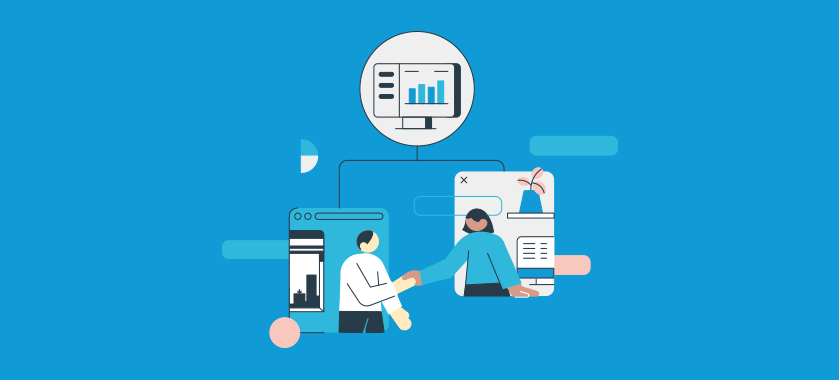
At the end of the day, choosing the right solution for your organization is a big decision and you need to think long and hard about every element. After all, the future success of your company may depend on it. Of course, you’ll want to go with the vendor that ranked the highest on the score card. But you also need to consider all the non-feature elements that will bring value to your organizational design practice.
It’s a balancing act between features, outcome, value and pricing and it’s no easy game. Keep in mind that the vendor wants to gain your trust and partnership, so open communication is key. Hopefully, you will use all of the information provided in this organizational design software buyer’s guide to drive meaningful conversations with your shortlisted vendors.
One last thing to remember is that the real key to long term success, no matter what option you go for, is product education and enablement. As people on your team come and go, make sure that product knowledge and expertise doesn’t leave with them. And don’t hesitate to ask your customer success manager for support if you find you’re not leveraging the tool to its full potential. Ask them if there’s more you can do with the solution. Inform them when you have new use cases you are trying to address. Join their user community and meetings, sign up for their newsletter and build a trusted partnership with the vendor. The last thing you want is for this new tool to be a state of the art money hole.
The Nakisa HR Suite was purposely designed for complex organizations that need to respond to fast-changing environments with confidence by building a responsive organization where processes, people and structures can continuously and proactively getting optimized. The innovative experience will equip HR leaders with a full set of capabilities to lead org design and change management priorities.

FIPS compliance for cryptography is a rather very technical discussion. So, let me tell you
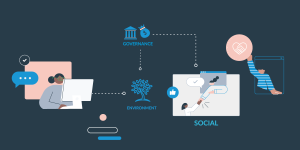
Diversity, equity, and inclusion (DEI) initiatives shouldn’t be short-term. In the past few years, successful
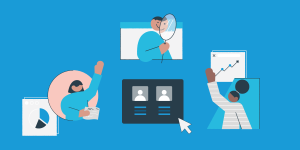
Estimates are that 50% of the S&P 500 listed companies will disappear in ten years. Yes, you